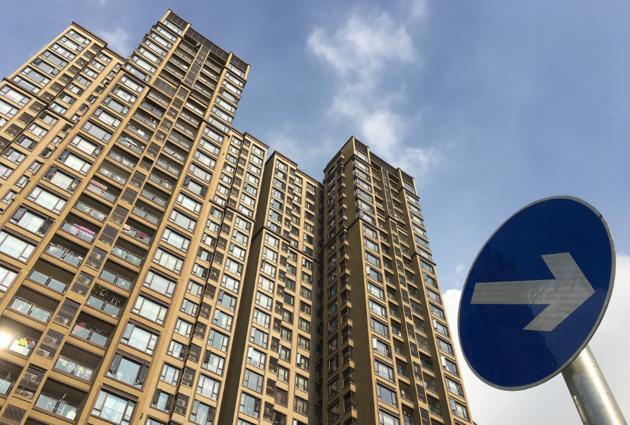Asteroids are almost the same age as the solar system. Unlike the planets, they have changed little over the past billions of years, retaining samples of the ancient matter from which our system was formed. However, until recently, scientists could only study samples that fell to Earth and were noticeably transformed in the process of such a catastrophe. But the material that can be collected and delivered by spacecraft remains the same primordial, allowing astronomers to look into the era when the solar system was just being formed.
In 2018-2019, the Japanese space probe Hayabusa2 collected samples of matter from the near-Earth asteroid (162173) Ryugu and dropped a capsule with them to Earth in 2020. A few grams of a unique material came into the possession of scientists, which they still analyze with great care, trying to prevent the slightest contamination. Among other things, organic compounds and water were found in its composition – important evidence of the past of our world, and even more ancient.
New work by American and Japanese scientists has shown that Ryugu samples contain matter older than the solar system. Article about it published In the magazine Science Advances.
Ann Nguyen and her colleagues analyzed a pair of “grains” of the asteroid, each less than a millimeter across. Scientists drew attention to even more tiny inclusions that stand out noticeably on the surface. Having examined them using electron microscopes, X-ray spectroscopy and other methods, the authors of the study found that the composition of these details differs markedly from the main substance of the asteroid.
It contains less oxygen, magnesium, silicon, but more iron and sulfur, as well as simple organic substances. In addition, silicon carbide (SiC) is present, a compound that readily decomposes upon contact with water. All this shows that such inclusions were formed separately from the main Ryugu substance and did not interact with water. This was also confirmed by isotopic analysis.
Scientists believe that these particles evaporated from the surface of comets, on the far periphery of the solar system, and only later were captured by Ryugu, more precisely, the parent asteroid, of which it is a fragment. This happened before the formation of the planets and even before the differentiation of the matter from which they were formed. Tiny inclusions in Ryugu have preserved material that originated in previous stars, the remains of which served as building material for ours. Perhaps they will allow you to better know what the “ancestors” of the Sun and its planets were.

